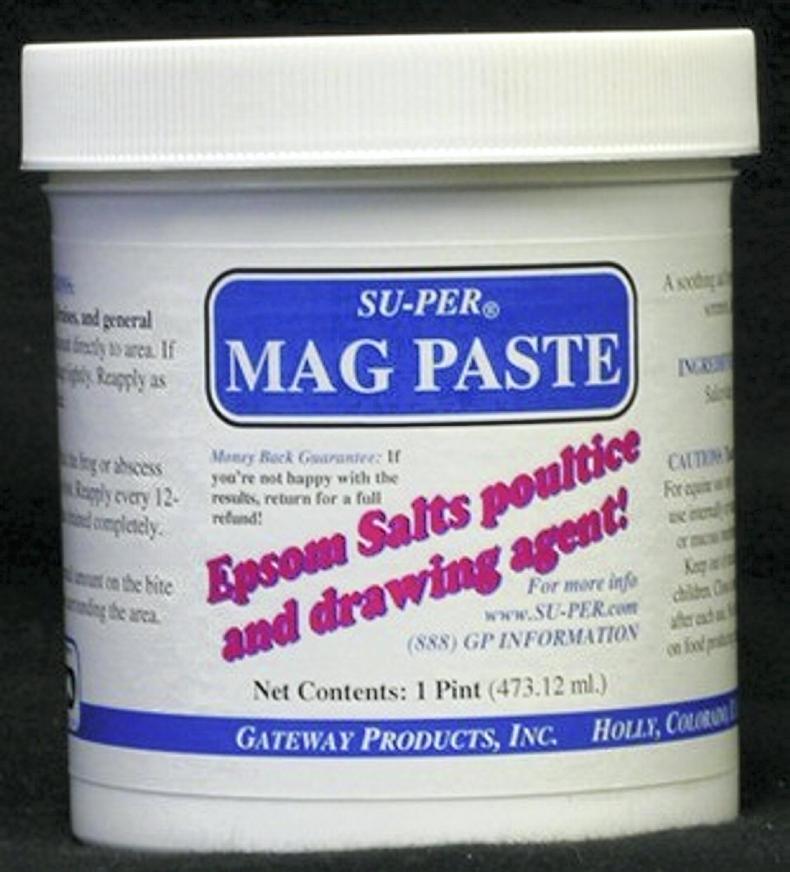Sarah Conway – head girl at OLS Sport Horses

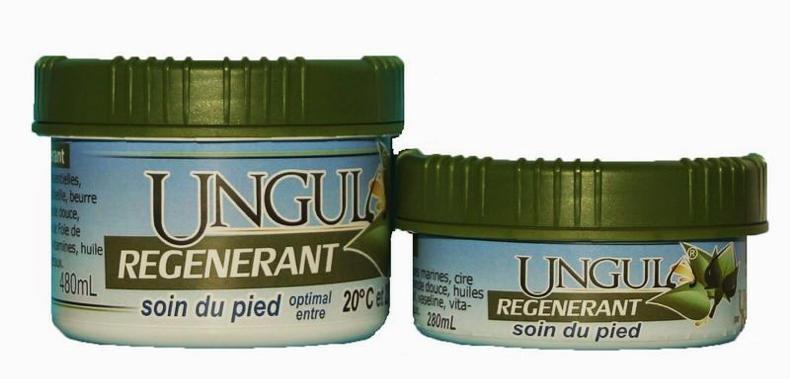
My daily hoofcare regime involves picking out the horse’s hooves each day before they are ridden. I brush out the sole of the hoof with a brush, checking for any abnormalities. After the horses have been ridden I brush out the hooves again to try and get rid of as much sand as possible. We are dealing with wet heels at the moment, it wouldn’t be good to leave sand on top of that to dry.
When the feet are clean I apply Ungula Naturalis Regenerating Balm, a French hoof balm. I use this hoof balm all year round and find it prevents new hoof growth from being brittle. It really strengthens the walls and the frog of the hoof. The hoof balm is made up of essential oils, seaweed and beeswax, I have found it to be very effective in keeping, our horses hooves in good condition.
We have the farrier come and check the horses’ hooves approximately every five weeks although there is always a handful that don’t stick to the norm. When the eventers are off we like to remove the shoes and allow there feet time to rest.
James Woods – Master farrier
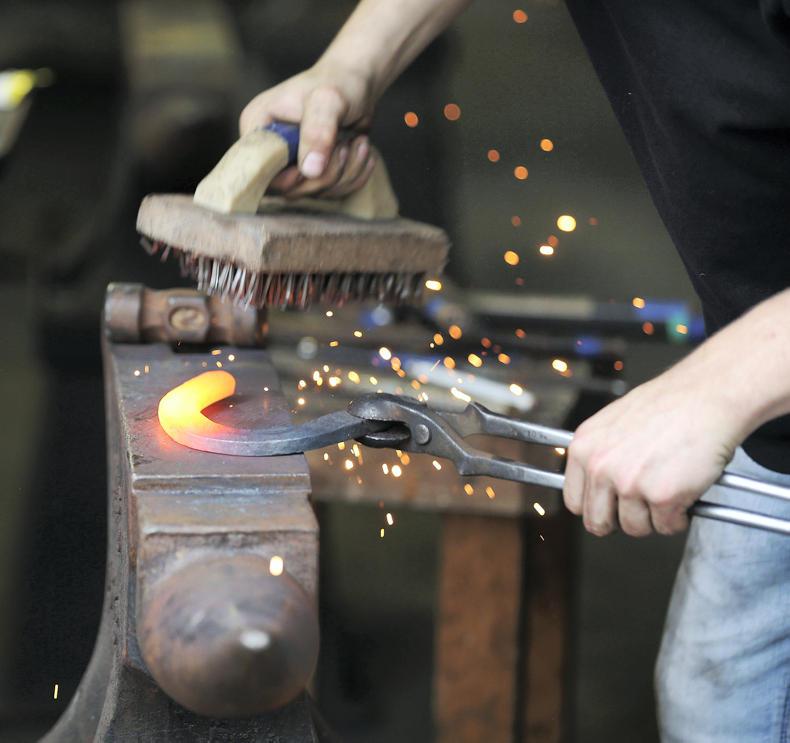
Check regularly for signs of heat in the hoof and at this time of year especially keep an eye out for thrush. Heat could be an early indication of laminitis or a hoof abscess. Thrush is one of the most common diseases of the hoof. Signs of thrush include a foul odour and a ragged rotten appearance of the frog.
For stabled horses, clean dry bedding is imperative. Putting clean bedding over dirty bedding is not advisable. I have found shavings to be much better for horses’ hooves than straw. Horses on shavings tend to have harder hooves than those on straw. Regular exercise is another important part of hoofcare. Exercise stimulates blood circulation and this in turn is good for the horses’ hooves.
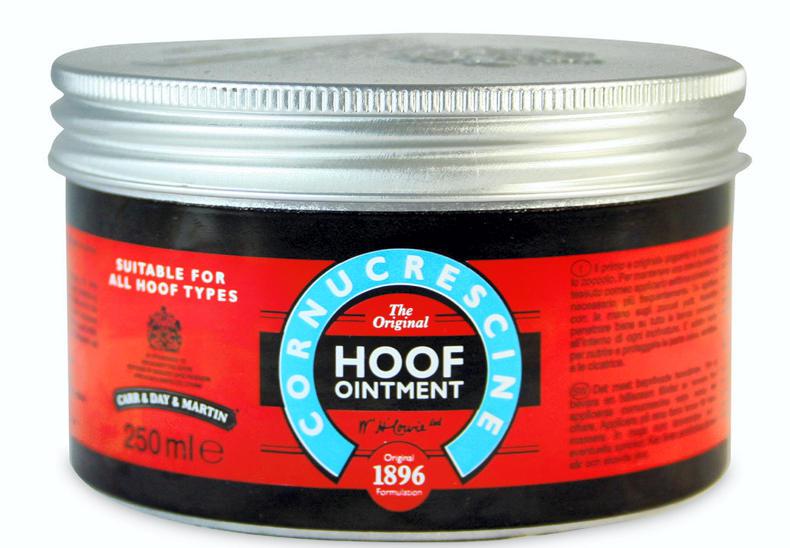
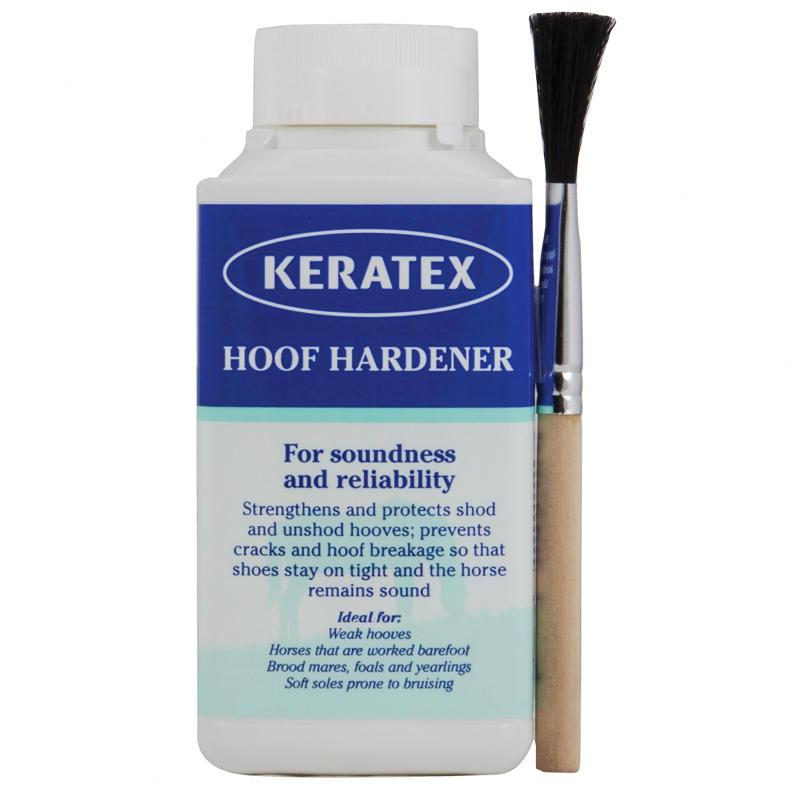
Cornucrescine Hoof Ointment and Keratex Hoof Hardener are two very good products if used correctly. Cornucrescine should be applied to clean hooves and rubbed in well around the coronet band and into any cracks. Keratex protects your horse from brittle, soft or weak hooves and sensitive or thin soles. Keratex should be applied to the lower half of the hoof and sole, avoiding the coronary band and the frog.
A home remedy which I have found hardens the hoof, after a horse has suffered a puncture wound or thrush, is sugar and iodine. Mix the sugar and iodine together until it resembles a porridge-like texture, pack it into the sole of the hoof and cover with gamgee, secure with a bandage and leave it for 24 hrs.
Lorna Buggle – head girl at Rangers Lodge Pre-training facility
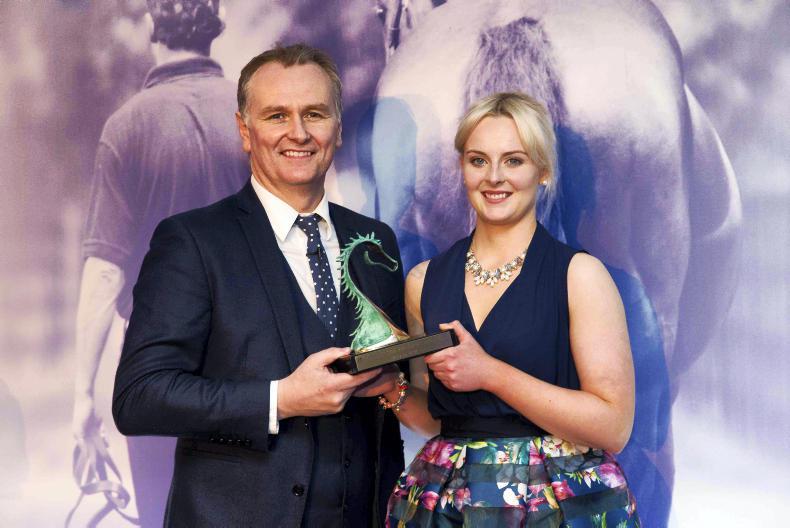
Horses’ hooves are picked out before riding, along with checking legs for swelling/heat/sore heels etc. After riding, hooves are picked out to remove any stones and sand that may have become trapped during exercise. We use Cornucrescine Hoof Ointment and Farriers Formula to promote and accelerate healthy hoof growth in horses with particularly poor hooves.
We also use Carr & Day & Martin Vanner Hoof Oil which is translucent and gives a natural shine, particularly on a white hoof, this hoof oil also prevents moisture loss which makes hooves brittle and prone to cracking.
We generally keep yearlings without shoes while they are being broken, which gives the hooves a greater chance of normal growth and development. Their hooves will be trimmed if necessary to keep them balanced. As they progress as two year olds and their workload increases on varying surfaces, front shoes are fitted to protect the soles and prevent soreness. Horses are shod once a month. Prior to racing, aluminum plates are fitted.
Having a skilled farrier is essential, as any issues will be identified and addressed quickly, preventing long term problems. Incorrect shoeing can cause major problems to the horse and negatively influence performance.
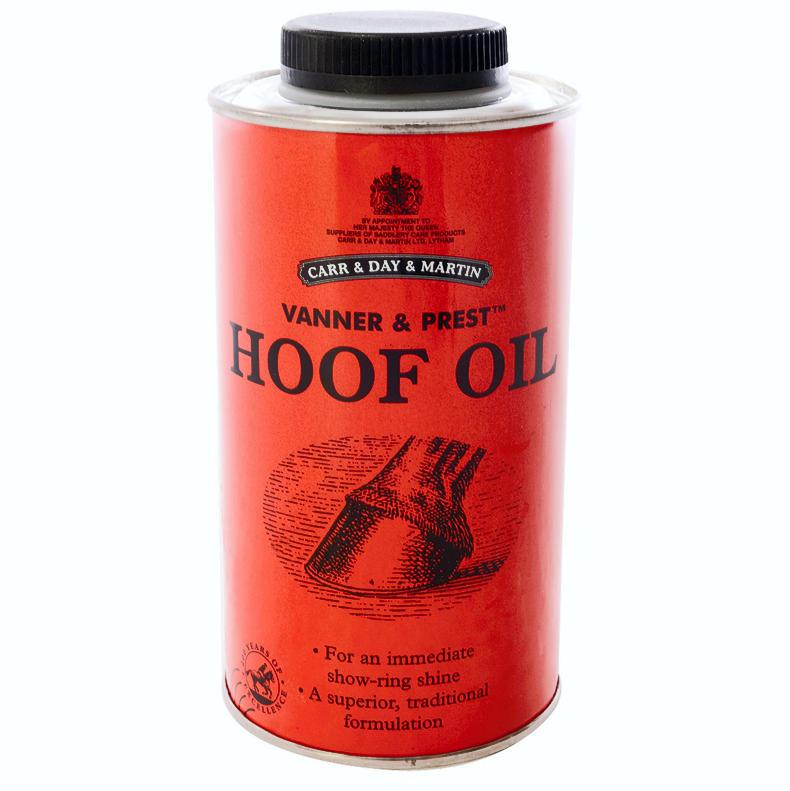
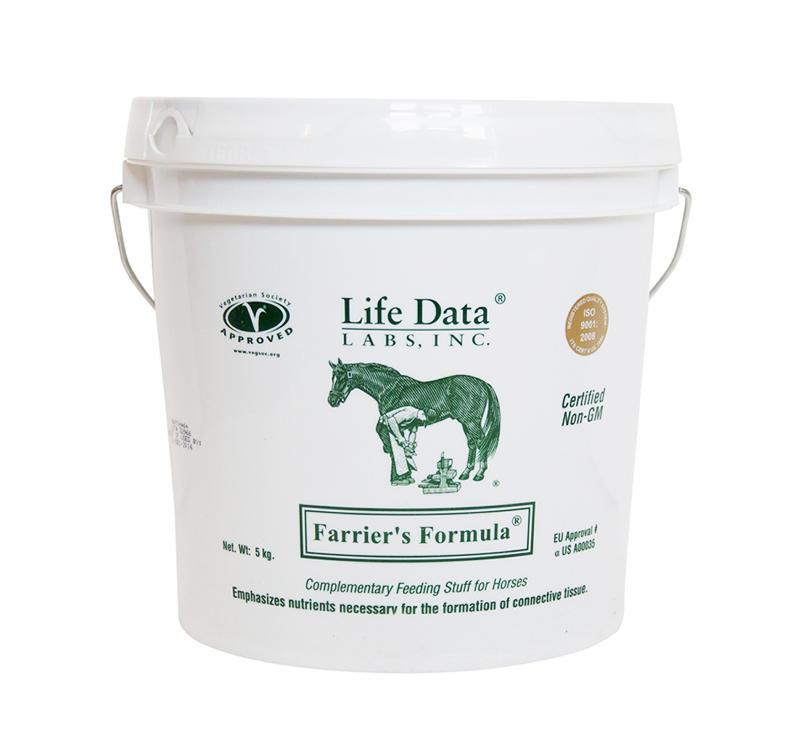
Ashleigh Skillen – head groom for Greg Broderick
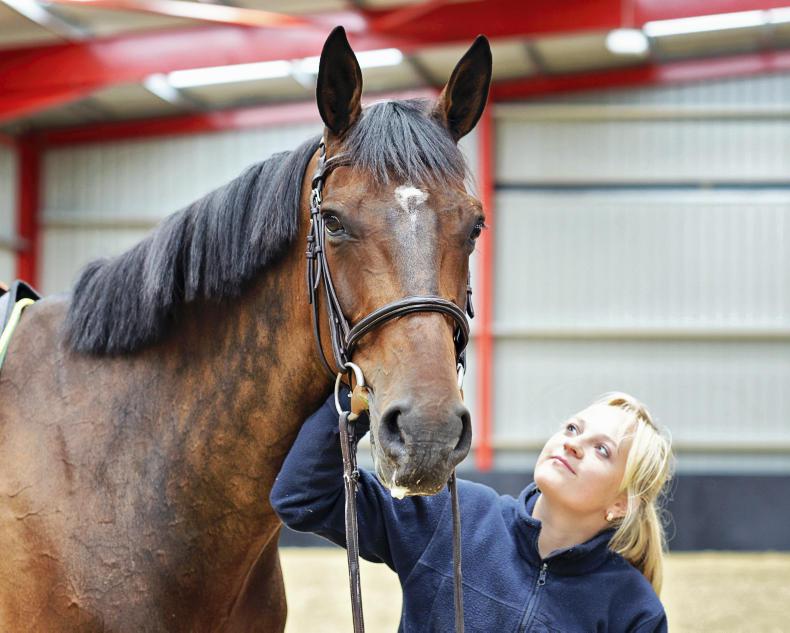
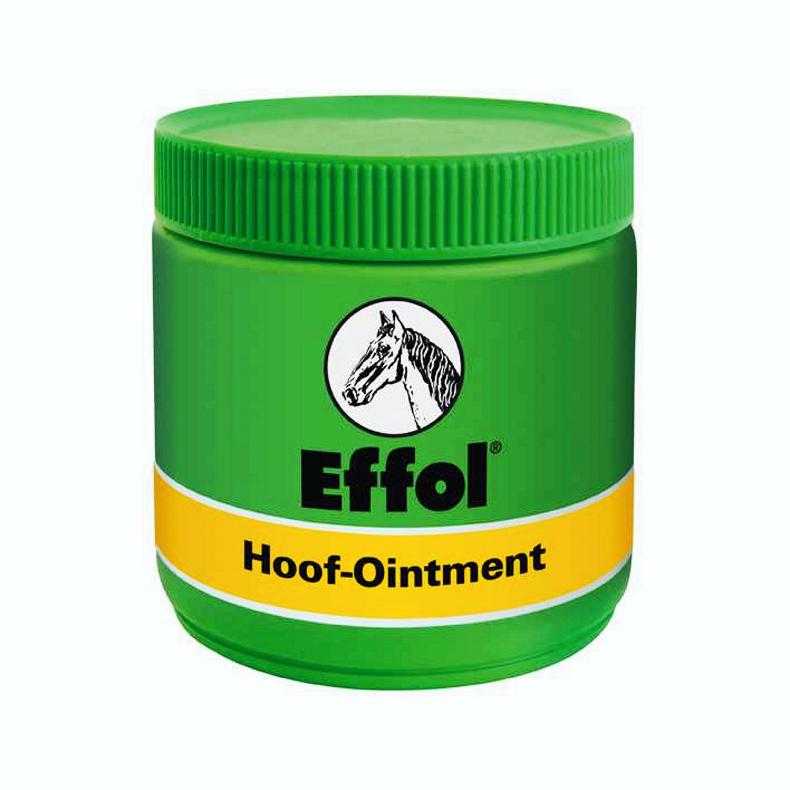
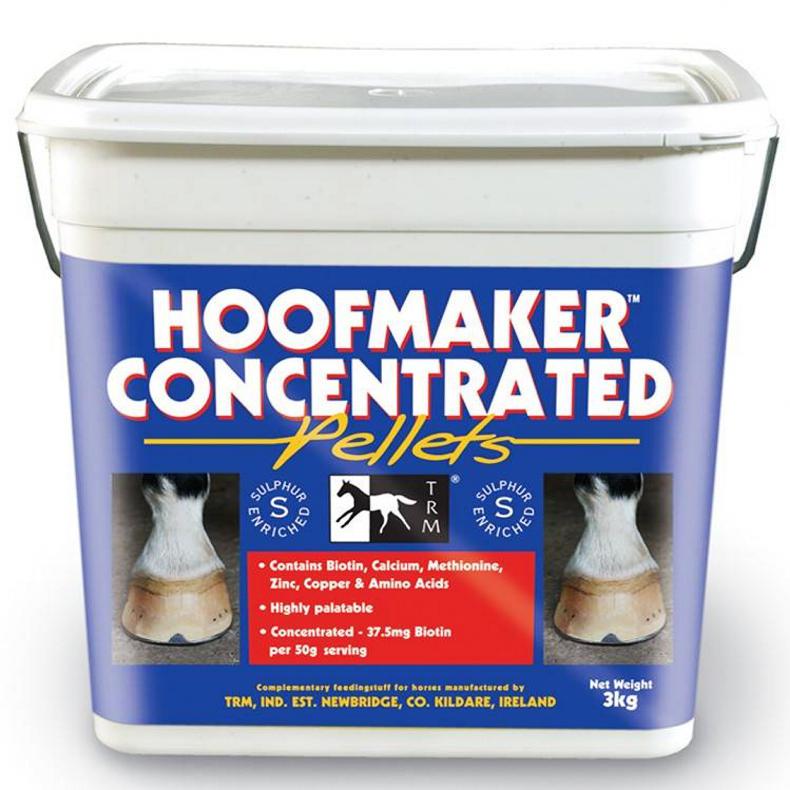
I use Effol Hoof-Ointment all the time, at home and at shows. I find it is really good for keeping the hoof well-conditioned. Whenever the hooves are cleaned and washed, and when they come in from the field, I always put the ointment on the hoof and sole. You never know what kind of fungal infections horses could pick up at a show or in the field so it’s good to look after their feet. You can get Effol in any good tack shop. For any horses with particularly bad feet I feed them TRM Hoofmaker pellets and I find it works quite well.
All of our horses’ hooves are picked out before they leave the stable and as soon as they come in from the field. As well as keeping the feet clean, the first thing you do when you go to pick out the feet is rub your hand down their leg, so you will feel if there is any heat or swelling.
I would, sometimes pack my horses hooves
with Mag Paste if they have jumped on hard ground and if I find they have an abscess or the farrier trims them too tight. This helps to alleviate any soreness. Our horses get a visit from the farrier every five weeks, we don’t like to leave it too long.
